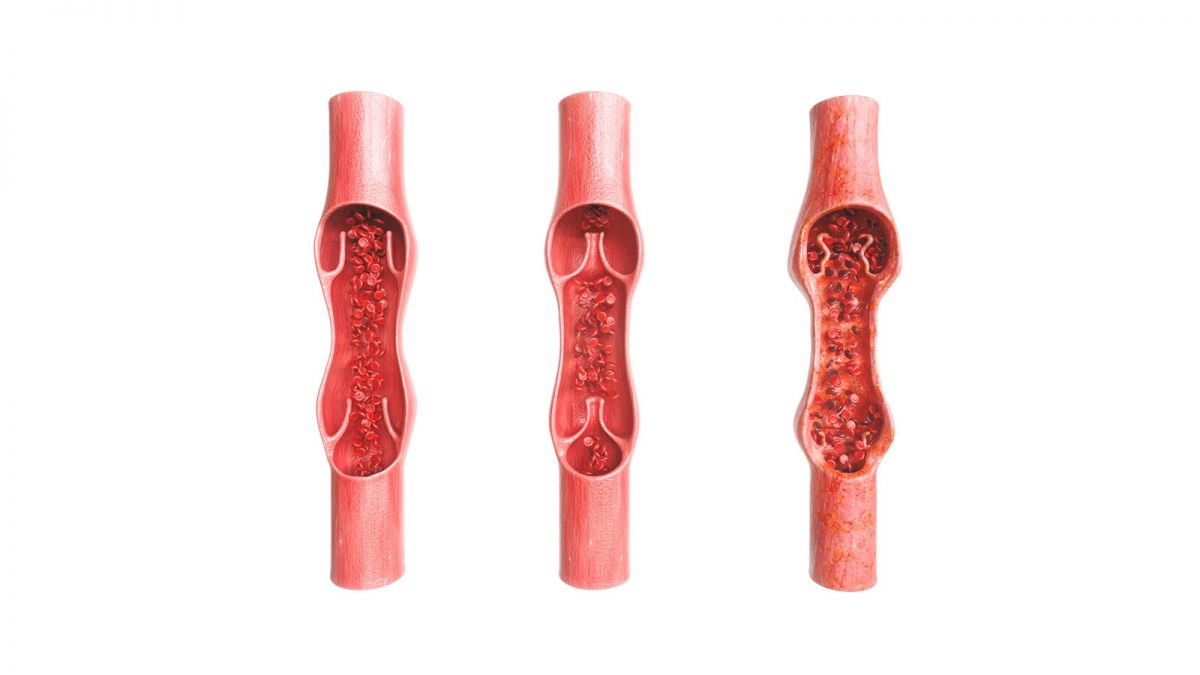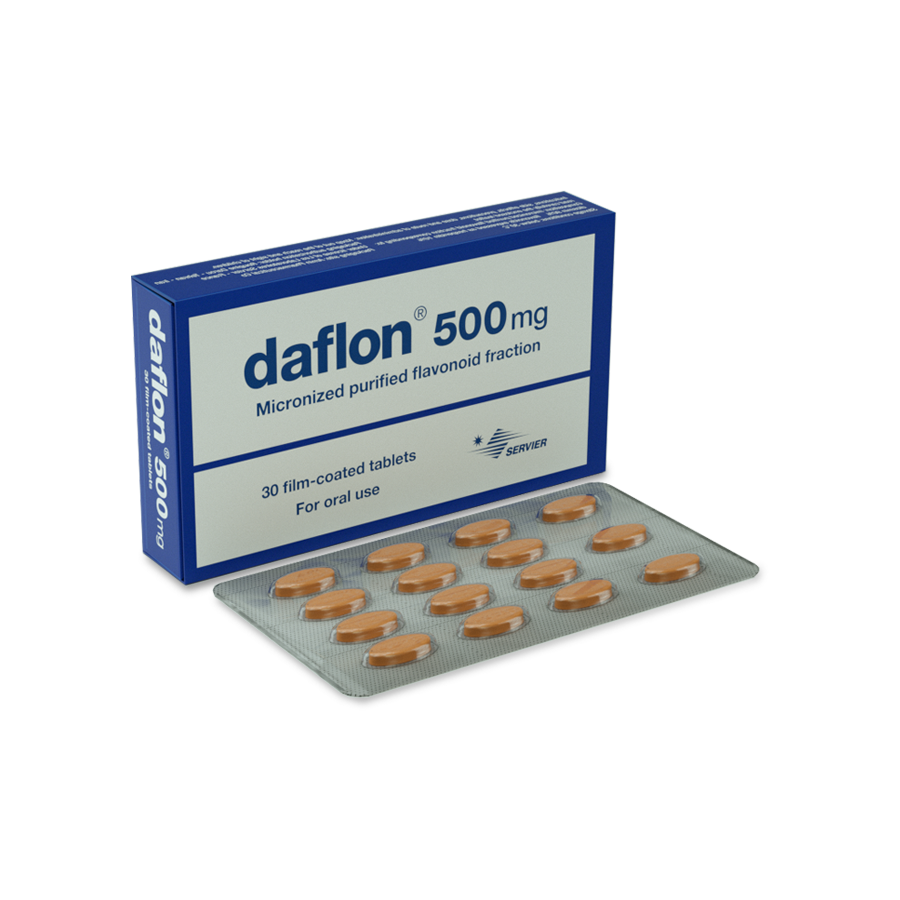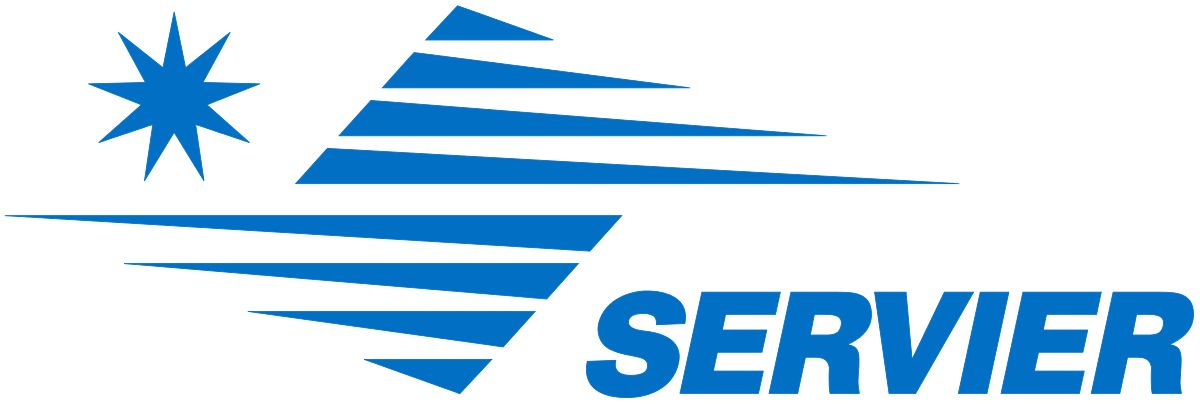This website uses cookies so that we can provide you with the best user experience possible. Cookie information is stored in your browser and performs functions such as recognising you when you return to our website and helping our team to understand which sections of the website you find most interesting and useful.

Chronic Venous Insufficiency
What is venous insufficiency?
Arteries carry blood from the heart to the rest of the body. Veins carry blood back to the heart, and valves in the veins stop the blood from flowing backward.
When the veins have trouble sending blood from the limbs back to the heart, it’s known as venous insufficiency. In this condition, blood doesn’t flow back properly to the heart, causing blood to pool in the veins in the legs.
Several factors can cause venous insufficiency, though it’s most commonly caused by blood clots (deep vein thrombosis) and varicose veins.
Even if there is a family history of venous insufficiency, there are simple steps that can be taken to lower the chances of developing the condition.
Causes of venous insufficiency
Venous insufficiency is most often caused by either blood clots or varicose veins.
In healthy veins, there is a continuous flow of blood from the limbs back toward the heart. Valves within the veins of the legs help prevent the backflow of blood.
The most common causes of venous insufficiency are previous cases of blood clots and varicose veins.
When forward flow through the veins is obstructed — such as in the case of a blood clot — blood builds up below the clot, which can lead to venous insufficiency.
In varicose veins, the valves are often missing or impaired, and blood leaks back through the damaged valves.
In some cases, weakness in the leg muscles that squeeze blood forward can also contribute to venous insufficiency.
Venous insufficiency is more common in women than in men. It’s also more likely to occur in adults over the age of 50, according to the Cleveland Clinic.
Other risk factors include:
- blood clots
- varicose veins
- obesity
- pregnancy
- smoking
- cancer
- muscle weakness, leg injury, or trauma
- swelling of a superficial vein (phlebitis)
- family history of venous insufficiency
- sitting or standing for long periods of time without moving
Symptoms of venous insufficiency
Symptoms of venous insufficiency include:
- swelling of the legs or ankles (edema)
- pain that gets worse when you stand and gets better when you raise your legs
- leg cramps
- aching, throbbing, or a feeling of heaviness in your legs
- itchy legs
- weak legs
- thickening of the skin on your legs or ankles
- skin that is changing color, especially around the ankles
- leg ulcers
- varicose veins
- a feeling of tightness in your calves
How is venous insufficiency diagnosed?
A doctor will want to do a physical examination and take a complete medical history to figure out if the patient has venous insufficiency.
They may also order some imaging tests to pinpoint the source of the problem. These tests may include a venogram or a duplex ultrasound.
How is venous insufficiency treated?
Treatment will depend on many factors, including the reason for the condition and the health status and history.
The most common treatment for venous insufficiency is prescription compression stockings. These special elastic stockings apply pressure at the ankle and lower leg. They help improve blood flow and can reduce leg swelling.
Compression stockings come in a range of prescription strengths and different lengths. Treatment for venous insufficiency can include several different strategies:
Improving blood flow
Here are some tips to improve the blood flow:
- Keeping the legs elevated whenever possible
- Wearing compression stockings to apply pressure to the lower legs
- Keeping the legs uncrossed when seated
- Exercising regularly
Medications
There are also a number of medications that may help those who have this condition.
Surgery
Sometimes more serious cases of venous insufficiency require surgery:
Ambulatory phlebectomy
Sclerotherapy
Catheter procedures
How to prevent venous insufficiency
If you have a family history of venous insufficiency, you can take steps to lessen your chances of developing the condition:
- Don’t sit or stand in one position for long stretches of time. Get up and move around frequently.
- Don’t smoke, and if you do smoke, quit.
- Get regular exercise.
- Maintain a healthy body weight.









